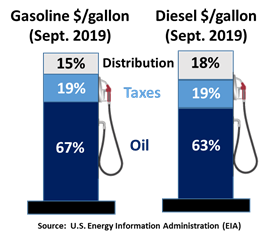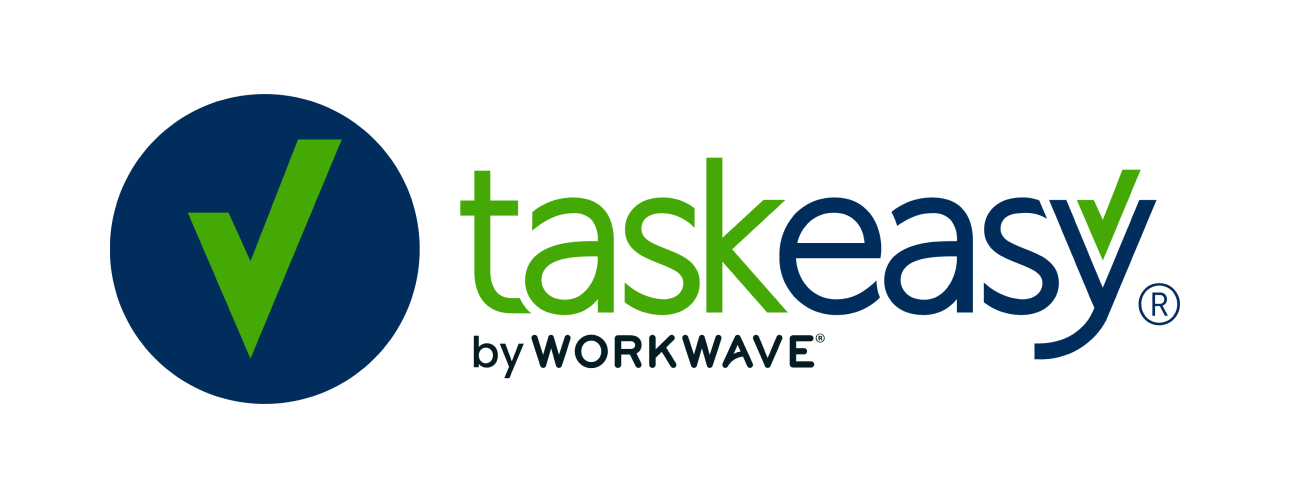If you’re a landscaper you have access to a ton of information about how to run a landscaping business from a financial perspective. A lot of this information is confusing, contradictory, and impossible to follow in real life. So, in this post, we’ve partnered with the CPAs at FuelCred to break through all of the noise and highlight the most important operating benchmarks that you, the landscape business owner/operator, should keep in mind when managing your business.

Why Benchmark?
Many other articles attempt to “help” you manage your business by describing expense ratios, or pricing formulas, or dividing cost into intricate categories. We’re not going to do that. Instead, we’re going to focus on benchmarks. Benchmarks are simple to remember, they’re the best place to start, they don’t depend on ill-defined categories, and they can provide a quick “sanity check” when you're trying to understand the financial health of your business without pouring through reams of financial data.
Simply stated, if your business falls outside the range of these benchmarks, then you’ll really want to understand the reason why, for better or for worse.
“Cash is King”
We start with the most important benchmark of all, the two flavors of revenue. Top-line revenue is the total amount of money your business brings in over a given period of time (nominally one year) and, not surprisingly, the basis for all other benchmarks. Bottom-line revenue, or net revenue, on the other hand, is how much money your business generates after all other costs (except tax) have been subtracted.
As we all know, at the end of the day we do this to feed our families. So the most important revenue benchmark of all is net revenue margin, i.e. what percentage of the money that you make do you actually get to keep and take home.
For landscapers, the net revenue is typically 5% - 20%, with a consensus at around 8%.
Labor
Let’s face it, landscaping is all about manual labor. That said, it should come as no surprise that labor is the most expensive cost in a landscaping business. Whether you’re a one-man wrecking crew, or you have several teams of workers and an office full of staff, labor is most likely your single largest cost, and therefore an expense you’ll want to try to control.
In the landscaping industry, labor as a percentage of top-line revenue is typically between 25 – 55%, with a consensus average of around 35%. For larger businesses, overhead labor (office managers and workers, i.e. those who don’t actually do the leg work) ranges from 11-15% of top-line revenue.
While labor cost is notoriously difficult to reduce (the lowest cost worker is rarely the best worker) you’ll want to make sure your worker cost is in-line with other comparable firms in your geography. You’ll also want to take advantage of very valuable federal tax credits that the government offers for hiring individuals from a certain area or of a certain type (e.g. veterans). These credits are potentially worth thousands of dollars annually and are a traditionally overlooked tax advantage from which all landscapers should take advantage when hiring new employees (but that’s the subject of another post).
Materials
Regardless of your specific type of a landscaping business, your second largest expense is most likely materials. This is the one cost category that most successful landscapers track and manage very well so we won’t spend much time on it here.
Suffice to say that material as a percentage of top-line revenue is typically between 10% – 20%, with an average of about 15%.
Fuel
Fuel is the most notoriously difficult cost to control as a landscape business owner and it's also the third largest cost category in a typical landscaping business. It's the lifeblood of your business, but the cost (outside of traveling long distances to find the cheapest rates) is largely out of your control.

As can be seen in the graphic above, greater than 80% of the cost of fuel is from local/state/federal taxes plus the underlying cost of oil as set by oil companies. It’s no wonder that the cost of fuel as a percentage of top-line revenue ranges from 2-7%, depending on a specific geography.
Similar to labor, fuel cost is difficult to directly reduce. The best strategies for managing this cost revolves around carefully tracking fuel costs and, of course, taking advantage of federal/state/local fuel tax credits/refunds. Our friends over at FuelCred can help with both.
Marketing
Finally, let’s address another often-overlooked category of landscaping. While it might not be the highest up on the list (many businesses fail to market at all), it’s an important consideration for your financial health. A majority of successful businesses deploy some percentage of their revenue towards marketing. So in this case, going above and beyond the benchmark is actually a good thing.
The typical marketing budget as a percentage of top-line revenue is from 1 – 3%. If you’re not hitting this target then you might be doing your business a disservice.
Whether your business falls in-line or outside of these metrics, you’ll want to take a good hard look and understand the reasons why and take action accordingly.
Click here to find out what you can do to grow your lawn care business.
*TaskEasy does not provide tax, legal or accounting advice. This material has been prepared for informational purposes only, and is not intended to provide, and should not be relied on for, tax, legal or accounting advice. You should consult your own tax, legal and accounting advisors before engaging in any transaction.*




Let Us Know What You Thought about this Post.
Leave a comment below.